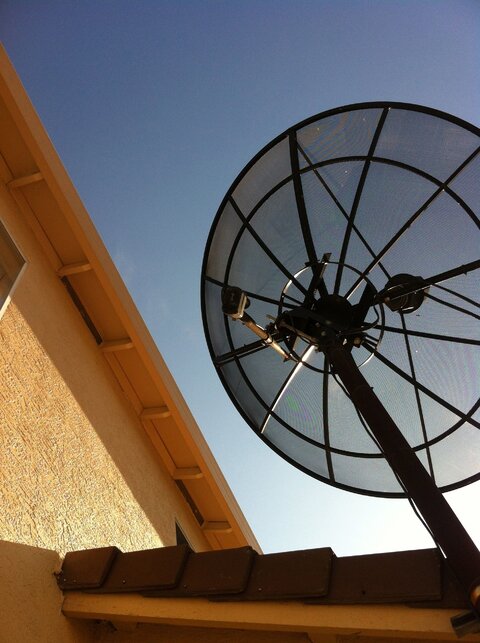Everyone,
I am a newbie but am fairly technical and understand the basics of computer programming and science. The problem is I am not a Satellite kinda guy, hence this post. I am going to attach some pictures, the Satellite says HTS on it and the cables have been cut. It looks like it has two coax coming from the dish(possibly C and KU band?) I bought the house 3 years ago, and I have just kept it attached and was waiting for time to look into a project with this BUD.
The cabling is what I need to understand. I doubt this gets power over coax so there must be a power brick of some sort and would like to pick up the right guage electrical wire, hook up the coax, and other cabling necessary. Any suggestion for a noobster like myself?


-Will
I am a newbie but am fairly technical and understand the basics of computer programming and science. The problem is I am not a Satellite kinda guy, hence this post. I am going to attach some pictures, the Satellite says HTS on it and the cables have been cut. It looks like it has two coax coming from the dish(possibly C and KU band?) I bought the house 3 years ago, and I have just kept it attached and was waiting for time to look into a project with this BUD.
The cabling is what I need to understand. I doubt this gets power over coax so there must be a power brick of some sort and would like to pick up the right guage electrical wire, hook up the coax, and other cabling necessary. Any suggestion for a noobster like myself?


-Will


